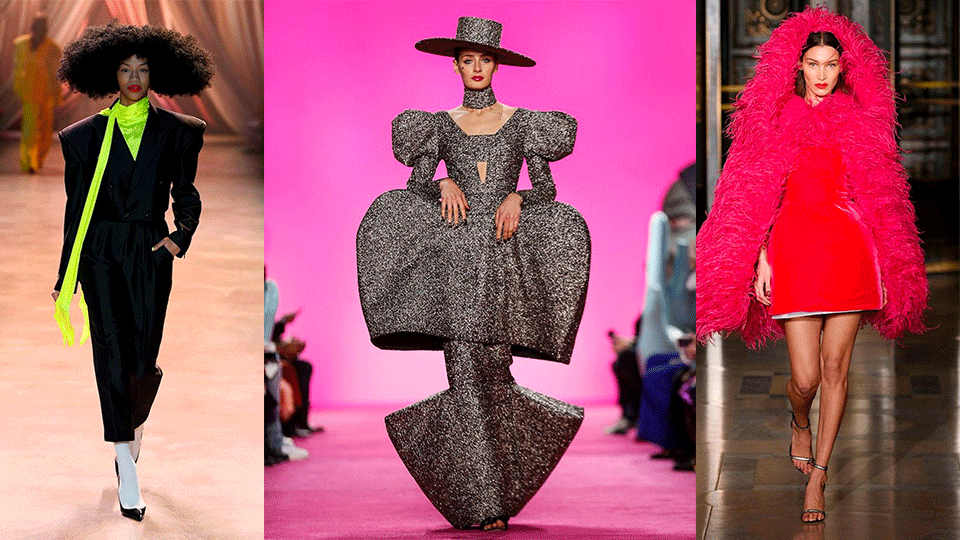- À New Wave to Fashion, À New Way of Living. Download Now on iOS Android Canada SS22
- hello@alahausse.ca
From Whole-sale to Direct to Consumer: The rapid gravitation towards a D2C market

Laundry Sustainability: How to Green your laundry
June 11, 2021
Givenchy launched a 4G bag: How they’ve used Innovative Marketing Strategies and Tech to advertise launch
June 18, 2021
Written by Danielle Williams
Millennials are a driving force for change in the economy perceptible through a shift in customer expectancies towards a simplified shopping experience without losing the authenticity of a brand. Many brands that have already been embracing D2C are rising to the occasion where other brands may not. Direct-to-consumer marketing or D2C is a method in which a company endorses and monopolizes products or services, eliminating the need for any intercessors. This modus of economic structure has risen appreciably since the arrival of the pandemic to lower costs for retailers and has been changing the landscape of business entirely.
The present consumer desires deeper insight regarding the companies they purchase from, this includes complete transparency with product sourcing, environmental and social impacts, factory conditions, and waste reduction policies. An increase in awareness has driven many brands to assume the D2C marketing model, which gives them full sovereignty over their product and process without third-party involvement.
The History of D2C
This marketing concept has been around since the 15th century, when the first ever mail-order catalogues was published in Venice, giving consumers a first look at the prospective positives from a D2C market. Patrons would receive a catalogue of products they could acquire straight from the merchant for mail delivery to their home. Direct to consumer marketing is basically the upgraded version of mail-order magazines, still allowing consumers to purchase directly from suppliers and avoiding in-store shopping.
What does D2C look like today?
Today, most D2C brands are seen with an eCommerce model because they are entering the market directly instead of using a third-party retailer, such as Glossier. Glossier, a popular skincare and make-up brand, has created a strong online presence through social media target ads and a strong D2C disposition. Ecommerce D2C strategies are appealing to retailers because of their enticing cost-effective characteristics, the convenience available to consumers, and the ability to further connect with a brand’s audience.
Direct to consumer strategies give suppliers an opportunity to offer an end-to-end brand interaction because they maintain jurisdiction throughout the entire process. The brand is assumed to be conscientiously creating products, while also using effective marketing methods and efficiently distributing the product or service to the consumer. An important aspect of D2C today is having a successful line of communication between a brand and consumer to enhance the total experience. The supplier is entrusted to acquire data regarding each customer and address any concerns that might arise throughout the process without involving any intermediary merchant.

Why are Millennials Obsessed with D2C?
Millennials are known to hold the highest standards when it comes to brand expectations and a brand’s core values. According to a report from Forbes called Consumer Technographics® data, roughly 7 out of 10 Millennials in the US are keenly interested in a company’s values before purchasing.
Gen Y is noticeably more drawn to direct-to-consumer marketing models over the already established B2B methods. When given the choice, Millennials will select alternatives to large retailers in support of brands that better cater to convenience, low cost, authenticity, and a more simplified shopping experience. Companies that put emphasis on a D2C strategy are the most effective at carrying out the needs of Millennials, so that’s where they shop.
Benefits of a D2C Marketing Model:
1. Retain all Customer Data
A significant advantage of D2C companies is their ability to retain all their data without having to share with retailers. They receive all customer information first hand versus requesting it from an intermediary source.
2. Build Relationships with Consumers
By definition D2C connects consumers with retailers on a more personal level. Brands worry less about which products outside retailers are pushing and are able to spend more time with customer concerns directly, building a stronger bond.
3. More Affordable Products
By eliminating intermediaries’ inflating prices, brands are able to preserve their pricing and offer better deals to consumers.
4. Strategic Sales
Without being confined by retail rules, brands have the ability to create their own sales and promotions.
5. Product Focus
Brands can decide which products they want to push or promote to consumers.


6. Use Customer Data
Without retail partners, companies are able to beta test new products and filter feedback directly from the consumers versus a retailer.
7. Brand Pace
D2C provides room for companies to develop at their own pace without any outside pressures from retailers or wholesalers.
8. Omnichannel Marketing
This strategy is heavily focused on the customer and the way they shop. By creating ads on different platforms it allows brands to create more engagement and follows the consumer trend of jumping around ecommerce sites before deciding where to purchase from.
9.The Perfect Process
When using D2C, it gives companies the opportunity to perfect their purchasing process. By offering fewer products brands are able to reduce that overwhelming feeling that often comes with eCommerce shopping.
10. Overall Success
Many brands have achieved great successes using the D2C business model and have surpassed the $1 billion net worth mark. Some brands thriving with D2C models are Warby Parker, Glossier, Ritual, and Casper.
The Verdict
Consumers want brand transparency and more information regarding brand values, which is possible with D2C. About 60% of millennials are more inclined to purchase products that they feel represent their personalities and D2C brands can better customize their products and experiences to agree with customer penchants. Creating more accessibility for consumers to interact with brands will improve the overall experience and be beneficial for both sides of the process. Brands will see more success as they are able to more specifically cater to their customers while cutting costs and unintentionally becoming a more sustainable company in the process. This model removes the need for additional manufacturers, retailers or wholesalers, therefore, eliminates a significant amount of waste. Brands often create specific packaging or labels for retailers, which is just more unnecessary waste. D2C is all around a better business model for consumers, brands, and the environment.
Via ÀLA.HAUSSE‘s Multi-functional and Multi-purposeful Fashion Ecosystem- BUY/SELL/RENT/LEND/ (swap BETA 2021) mobile application, INDIVIDUALS & brands ( BETA 2021) are encouraged to REBUY, RESELL, REUSE and UP-CYCLE their personal “Clossets” aka Clothing Assets, along with overstock inventory and samples. Through this consumerism habit shift we indirectly slow down the urgency on fashion’s carbon footprint, aiding sustainability as a whole.
BETA Early Access Application Now Open for CA Fashion Lovers: Apply Now for LAST CALL
with Stories on www.alahausse.ca
#ALAHAUSSE #WEARYOURPURPOSE #HAUSSEPEOPLE








